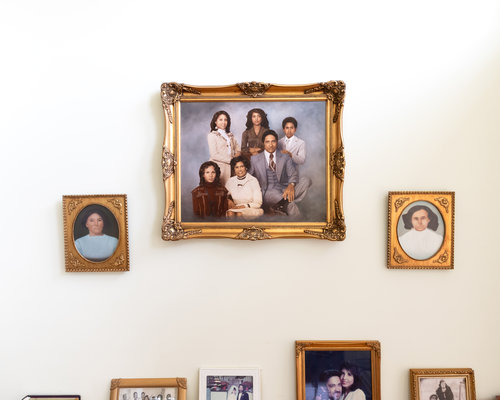In the Hate of Dixie
Share
Explore Our Galleries
Breaking News!
Today's news and culture by Black and other reporters in the Black and mainstream media.
Ways to Support ABHM?
Pulitzer Prize winner Cynthia Tucker grew up in Monroeville, Alabama, the hometown of the beloved author of “To Kill a Mockingbird,” Harper Lee. What Tucker never heard about, growing up, were the 17 lynchings that happened in Monroe County.
By Cynthia Tucker, The Bitter Southerner
 MONROEVILLE, Alabama — Growing up here, I was steeped in the stories that ripple through To Kill a Mockingbird. This is Harper Lee’s hometown, and her narrative, though fictionalized, brilliantly portrayed its racial climate in the 1930s. She called on eccentric characters who were well-known in town and put to good use tales with which she was familiar. My late father, who grew up here, identified some of those characters and tales for me.
MONROEVILLE, Alabama — Growing up here, I was steeped in the stories that ripple through To Kill a Mockingbird. This is Harper Lee’s hometown, and her narrative, though fictionalized, brilliantly portrayed its racial climate in the 1930s. She called on eccentric characters who were well-known in town and put to good use tales with which she was familiar. My late father, who grew up here, identified some of those characters and tales for me.
He and my mother also taught their children to negotiate the landscape of Jim Crow, a welter of oppressive codes and customs designed to legitimize white supremacy. Those codes were still in force in my childhood, so I attended segregated schools through elementary and much of high school. I followed the law that locked me out of “WHITES ONLY” restrooms, waiting rooms, and downstairs seats in the movie theater….
The National Memorial’s list of Monroe County lynching victims ends with Willie Lee Cooper, beaten to death in 1943. According to researchers at the Equal Justice Initiative — Bryan Stevenson’s legal advocacy nonprofit, which built the museum — Cooper was a mechanic employed at a garage owned by white brothers Edward and Wilbert Owens in the hamlet of Beatrice. Cooper quit his job without notice, according to EJI records, a breach of code and custom that cost him his life.
With the help of a local law enforcement official, apparently, the Owens brothers beat Cooper to a bloody pulp and then dropped him off at a tiny hospital in another rural community, Repton. When doctors asked Cooper what happened, he replied, “I’m afraid to tell. They will beat me again if I tell,” according to EJI documents. He succumbed to his injuries…
Read the full article here











Comments Are Welcome
Note: We moderate submissions in order to create a space for meaningful dialogue, a space where museum visitors – adults and youth –– can exchange informed, thoughtful, and relevant comments that add value to our exhibits.
Racial slurs, personal attacks, obscenity, profanity, and SHOUTING do not meet the above standard. Such comments are posted in the exhibit Hateful Speech. Commercial promotions, impersonations, and incoherent comments likewise fail to meet our goals, so will not be posted. Submissions longer than 120 words will be shortened.
See our full Comments Policy here.